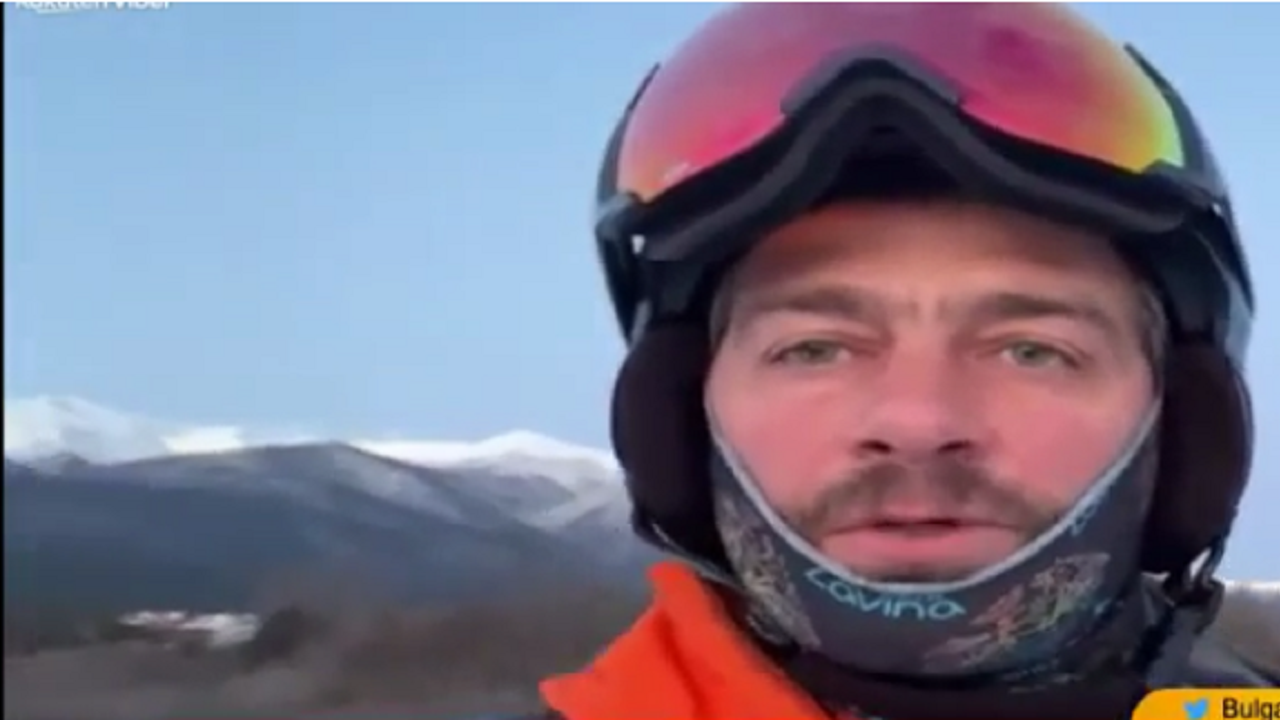"Avalanche danger always exists when we have snow. This year is a little more specific, we had a very warm start. We are still waiting for changes, for the moment we have no incidents. We have to be careful because this base is very difficult to change, the situation under snow is an invisible enemy". Andrey Balevski from the Bulgarian Avalanche Association stated this on Bulgaria ON AIR.
According to him, the actual snow situation at the moment is the 3rd degree out of a total of five.
"This means that there are no visible signs of avalanche activity, but when a person enters the slopes, a mass of snow can break off, which is insidious because people do not see it," added Balevski.
According to him, Level Three snow will most likely stick around this week as cold temperatures keep the snow pack from settling.
In heavy snowfalls, it can go up to the 4th degree.
"We are monitoring the situation over Bansko in the Pirin Mountains. Here are the only studies that are on a daily basis. We usually look at the exposure of the slopes. At the moment, the most snow-laden are the eastern, southeastern and southern slopes. Two days ago there were prospects for a spontaneous avalanche under Muratov peak", explained Balevski.
He specified that the dangers are not only from avalanches, therefore people should be in a group of 3 to 5 people, well prepared technically and physically.
"Equipment does not always mean that it will help us. We need to know how to handle it. There is also a danger of frost at the moment, because it is -20 degrees up there. If someone is lost in the mountains, he does not have to fall into an avalanche, to create a critical situation. If there is an avalanche, there is no chance for a person to survive," Andrey Balevski also commented.
High avalanche danger in the mountains
He advises not to go out into the mountains without spare gloves, a thermos with tea, a piece of chocolate, a thermal blanket that does not weigh.
People leaving should have at least one phone that is for emergencies and should be turned off because batteries die quickly in sub-zero temperatures.
"We need to know where there is range in the mountains to call the mountain rescuers, but not to forget that they are also human and far away from us. We need to know how to rely on our own help so as not to put the rescuers at risk unnecessary," added Balevski.
The interlocutor added that accidents can also happen to experienced mountaineers.
"People get lost in the field, they follow the tracks, they don't have the skills, we have found tourists in quite dense forests and we have shown them the way to Bansko. If they are 8-10 km from Bansko, it is a serious problem for them to find their way around. The important thing is to be in the right group, the right skills, so that they can get out of the situation, so that they can find their way," Balevski also said.
rescuers
avalanches
danger
